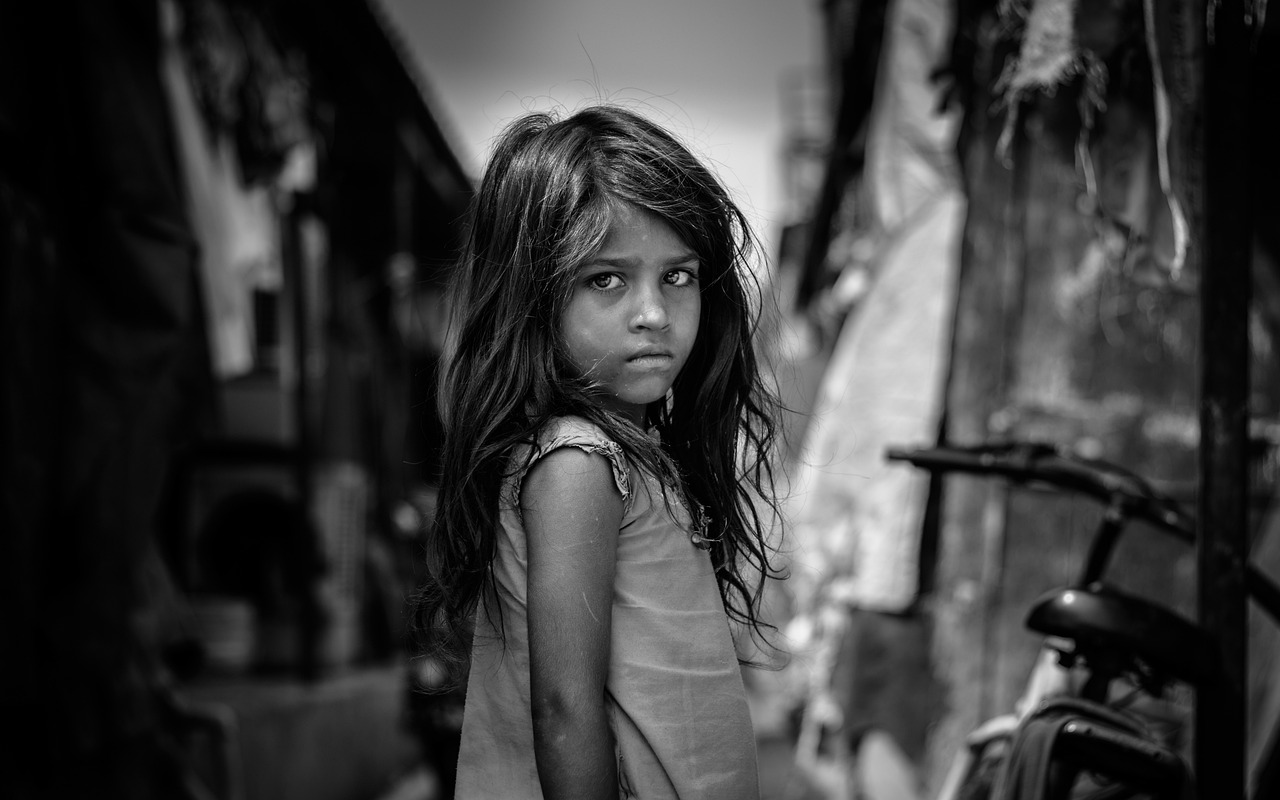Absolute Poverty in Italy: A Looming Problem
Absolute poverty continues to be a significant challenge for Italy, affecting almost 5.7 million people, or approximately 9.7% of the population. This phenomenon is not just a statistic; it translates into a daily reality for many Italian families, affected by poor and intermittent work that does not allow them to live with dignity. The most vulnerable groups include mainly young people and families with children, who face increasing difficulties.
Housing Distress and Inequalities
The 2024 Report on Poverty and Social Exclusion by Caritas Italiana highlights the emergency of housing hardship. Many families find themselves without a home or in inadequate housing conditions. Access to education and new technologies remains a mirage for many, contributing to an increase in social inequalities.
In the context of the World Day of the Poor established by Pope Francis, the report highlights how poverty has increased compared to 2022, maintaining the highest figure in the historical series. The number of families in absolute poverty has risen to over 2 million and 217 thousand, equal to 8.4% of households.
“From 2014 to date, the growth of poverty has been almost uninterrupted,” the report notes. The data shows an increase from 6.9% to 9.7% at the individual level and from 6.2% to 8.4% at the family level.
Regional Differences and Uncertain Future
Of particular concern is the increase in poor families in Northern Italy, where the number has practically doubled since 2014, going from 506 thousand to almost one million (+97.2%). On the contrary, the areas of the Center and the South have registered much more modest increases.
Although the percentage incidence of poverty is still higher in the South (12%, compared to 8.9% in the North), the gap between the two areas is narrowing.
The report warns that economic hardship tends to perpetuate itself from generation to generation. In Italy, as many as 34% of adults between the ages of 25 and 59 who came from disadvantaged families are now in precarious financial conditions. This phenomenon makes the country one of the most affected in Europe.
Towards Greater Social Awareness
The growing spread of poverty requires urgent attention from institutions and civil society. Addressing this complex problem is essential to ensure a better future for new generations and reduce social inequalities in the country. The challenge is open: it will be necessary to mobilize resources and awareness to reverse this dramatic trend.


